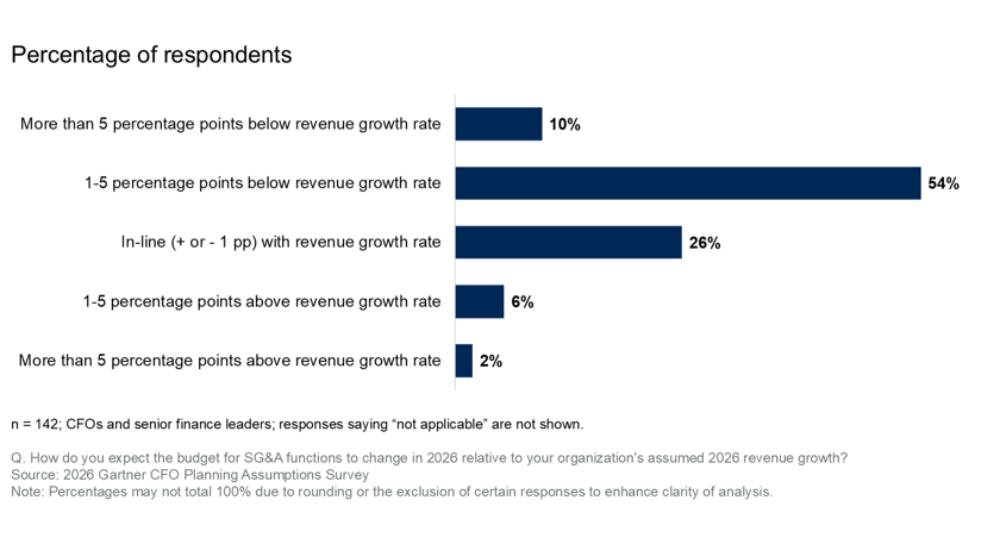Neobanks, often referred to as challenger banks operate under the umbrella of mainstream finance but are supercharging specific services long associated with veteran institutions such as retail banks, payment providers, and international wire services. These financial service providers operate online entirely, with no physical presence apart from office space in the offline world. Estimates now suggest that neobanks in the GCC will account for more than $2 trillion in market size by 2030 at a CAGR of 53.4%, according to a new report by Boston Consulting Group (BCG).
Titled, ‘Neobanks Set to Surge in GCC’s Rapidly Transforming Finance Industry’ the report delves into the changes in the regulatory landscape combined with the mass adoption of the internet and smart technology as being key reasons for this growth spurt. With GCC regulators indicating their readiness to challenge existing norms and fast-forward the development of policies and frameworks to foster an environment conducive to fintech advances by easing requirements for new market entrants to enter, launch and promote innovation, the sector is expected to surge ahead.
The report shows that neobanks have had and will continue to have, a tremendous impact on consumer finance, the economy, and society at large. For neobanks, traits that have often defined success include digital and mobile-centric services, great user experiences, cloud-based platforms with a modular architecture, a lean and agile technology-first culture, and building brands that users have an emotional connection with.
Customer preference for digital banking over branch banking has come at a time when the internet itself is arguably entering the next stage of its revolutionary life cycle. The GCC has some of the highest connectivity rates in the world with more than 90% of its population connected to the internet far surpassing the global average of 51.4%, and nearly two-thirds of the population is expected to hold 5G connections by 2026.
“Internet-enabled digital finance has emerged at a time when proponents of the change behind the ‘new internet’, or Web3, are arguing for user-centric innovation — where the end-user is the ultimate arbiter of a platform’s evolution and viability. And we see this directly translating across neobanks. The sector is expected to be valued at $3.45 billion by 2026 as a direct result of a boom in growth rates for digital payments and digital remittances,” said Bhavya Kumar, Managing Director & Partner, BCG.
Global examples of how neobanks have built such differentiated digital-only propositions shed important insights into how financial sector market entrants can capture market share in the region. BCG’s Fintech Control Tower Report, which monitors and maps the latest trends in the industry, tracks more than 26,000 fintech firms globally and reports a more than 200% increase in the number of neobanks since 2015. In 2021 alone, equity funding raised by fintech globally amounted to approximately $131 billion.
“Given that traditional branch banking in the GCC provides one of the highest rates of return on equity globally the proliferation of digital-only branchless banking, favored by a young, highly connected, and digitally savvy population can only enhance the significant returns generated,” said Martin Blechta, Principal, BCG.
To achieve success in the regional market, the most important considerations involve finding a differentiated value proposition, understanding how to leverage ecosystem partnerships to acquire users from target segments, and being able to deliver a level of customer experience and convenience that is absent from the market. The most prominent and successful models with which financial institutions can introduce digital tap into branchless banking involve:
- Digital wallets with payments propositions through an electronic money institution (EMI) license
- Personal finance and BNPL propositions in cooperation with retailers and e-commerce businesses
- Digital savings and wealth management-oriented propositions, such as digital savings accounts and budgeting tools
- Fully digital propositions to cater to underserved SMEs (in the presence of national agendas to support the SME sector)
- Segmented and specific fully digital banking propositions for retail clients, launched by existing banks (outside of their core business) or through new entrants (with digital banking licenses)
Disruptive innovators partnering with mainstream financial institutions, telecom operators, or e-commerce providers, can secure significant advantages early on – the former provides users with the ability to organize and access their finances however they choose to, while the others provide users with wide ecosystems with which to transmit or transact.
“The GCC fintech sector is still early in terms of fintech maturity but is developing rapidly. As regulators relax barriers to entry, new companies and established players are looking to capitalize on the demands of a young and highly connected population that wants convenient, on-demand access to their finances, and is keenly aware of what to expect in terms of sophisticated user experiences,” concluded Kumar.




